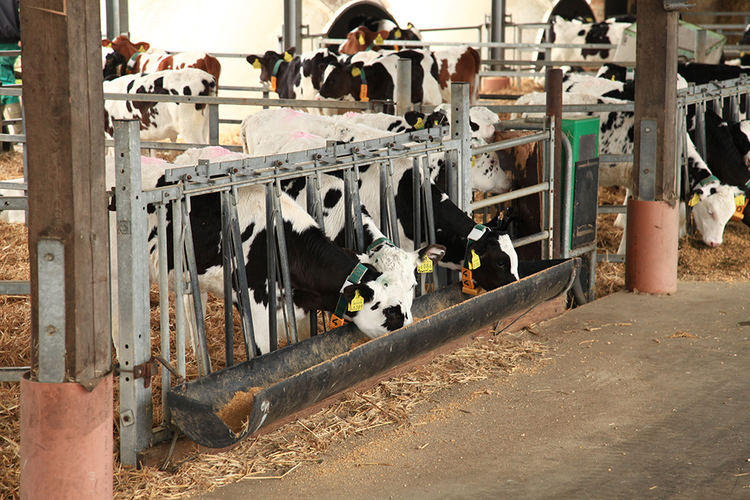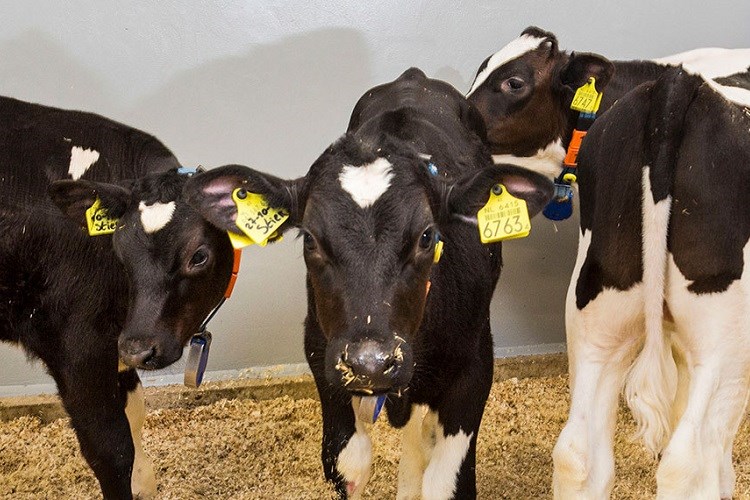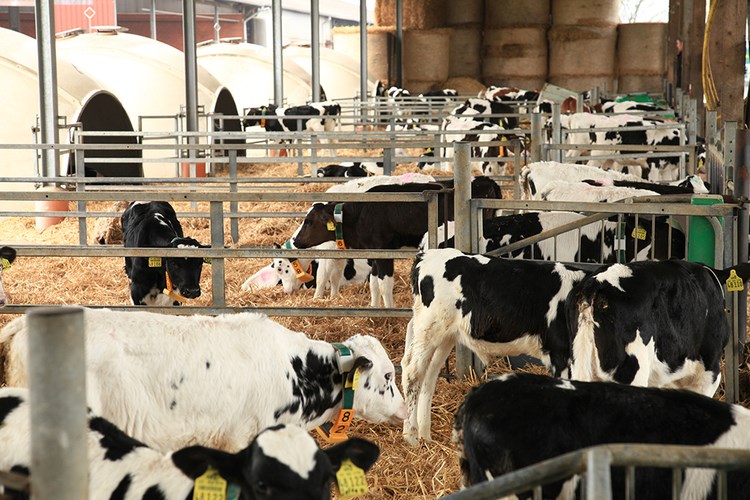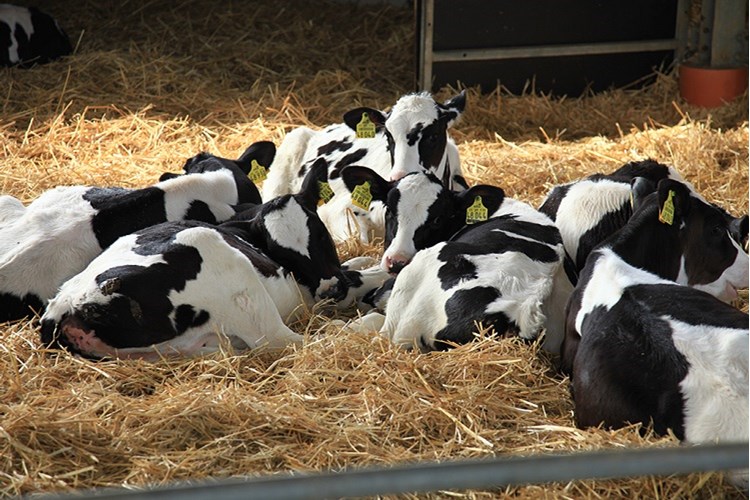Key takeaways from the research:
-
Diarrhoea and other digestive problems are the leading cause of neonatal calf death.
-
An increase GIT permeability increases the risk of digestive problems in dairy calves.
-
GIT permeability in calves decreased with age.
-
Weaning increases GIT permeability, thus making calves more susceptible to digestive problems.
-
Delaying weaning to a later age helps calves to deal with the challenges that come with weaning.

Weaning at a later age reduces the risk of increased permeability of the GI tract
Diarrhoea is the leading cause of calf death. In North America, it accounts for over 56% of calf deaths in the pre-weaning period[1]. The problem is multifactorial and can be caused by farm management issues, stress, other diseases, a change in body energy, or anything that can lower the calf's resistance to pathogens.
The gastrointestinal tract faces many challenges. It has to absorb nutrients from ingested food while preventing hazardous elements from entering the bloodstream. This takes place in the epithelium layer of the gastrointestinal barrier. Weaning results in an increase in gut permeability. The older the calf, the less permeable the digestive tract will be at the time of weaning. A lower permeability reduces the risk of diarrhoea.
Weaning results in gastro-intestinal stress
The pre-weaning period is critical for calves. It's the time when dairy calves are most susceptible to disease[2] but it is also the period that can set the tone for eventual higher milk yields[3]. Rearing programs promote dry matter intake as a way to stimulate ruminal epithelium development and to minimize the reduction in growth that can occur at weaning[4]. Weaning results in a shift in the site of nutrient digestion[5], and these changes can affect GI barrier function[6]. The permeability of the GIT plays a critical role in preventing disease and sustaining nutrient digestion and growth during weaning. Weaning does however negatively affect permeability and causes GIT stress. A joint study[5] by the University of Saskatchewan, the University of Alberta, and Trouw Nutrition R &D showed that the age at which calves are weaned does make a difference.
Study design
Two groups of 7 Holstein bull calves each were included in the study. One group was weaned via a step-down process beginning at d 35 and were fully weaned by d 42, while the other group was not weaned. GIT permeability, and other indicators of GIT function, were measured for both groups on d 14, d 28 and d 42. The calves were slaughtered on d 44 and their GITs were studied for a variety of factors including multiple measures of permeability.
Results
The researchers found that the biological changes in the digestive tract that come with weaning increase GI permeability. This increase was most pronounced in the rumen, the duodenum and the jejunum, thus increasing the susceptibility of calves to digestive tract problems. It seems that weaning at a later age could fortify the GIT, thus protecting it from the increase in permeability resulting from the weaning process itself. Protecting calves from GIT problems, including scours, could therefore be another reason for later weaning.
References
[1] NAHMS. 2007. Dairy 2007 Heifer calf health and management practices on US dairy operations. USDA Animal and Plant Inspection Service (APHIS), Fort Collins, CO.
[2] NAHMS, 2007.
[3] Soberon, F., Raffrenato, E., Everett, R.W., and Van Amburgh, M.E., 2012. Preweaning milk replacer intake and effects on long-term productivity of dairy calves. J. Dairy Sci. 95: 783-793.
[4] NRC, 2001. Nutrient Requirements of Dairy Cattle. 7th rev. ed. National Academies Press, Washington, DC.
[5] Wood, K.M., Palmer, S.I., Steele, M.A., Metcalf, J.A., and Penner,G.B., 2015. The influence of age and weaning on permeability of the gastrointestinal tract in Holstein bull calves. J. Dairy Sci. 98: 7226-7237.
[6] Wijtten, P.J.A., van der Meulen, J., and Verstegen, M.W.A., 2011. Intestinal barrier function and absorption in pigs after weaning. Br. J. Nutr. 105: 967-981.



